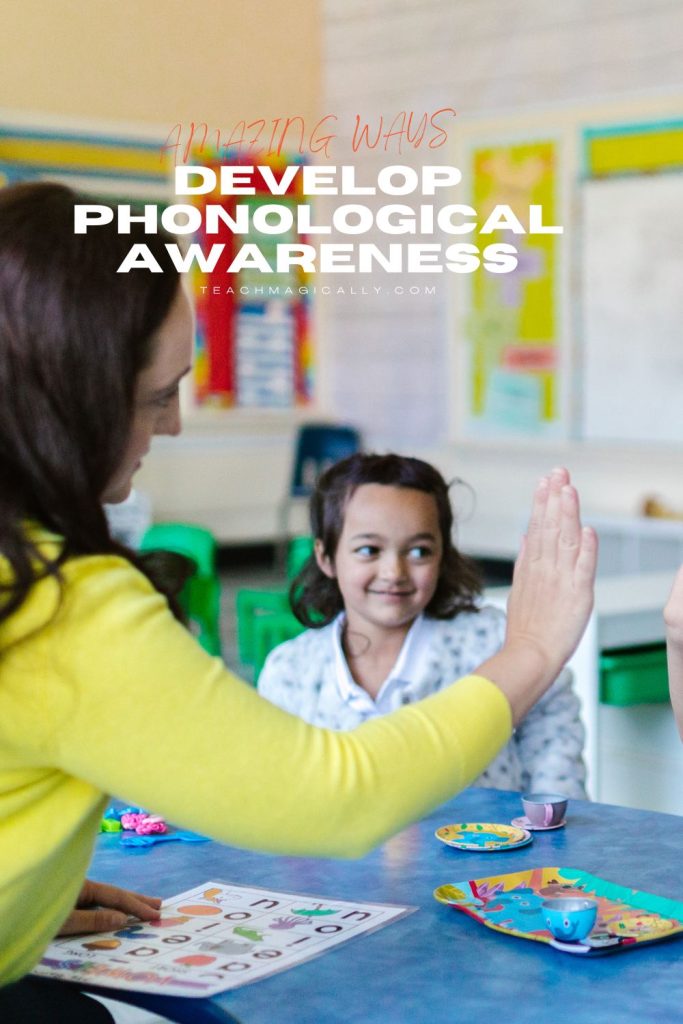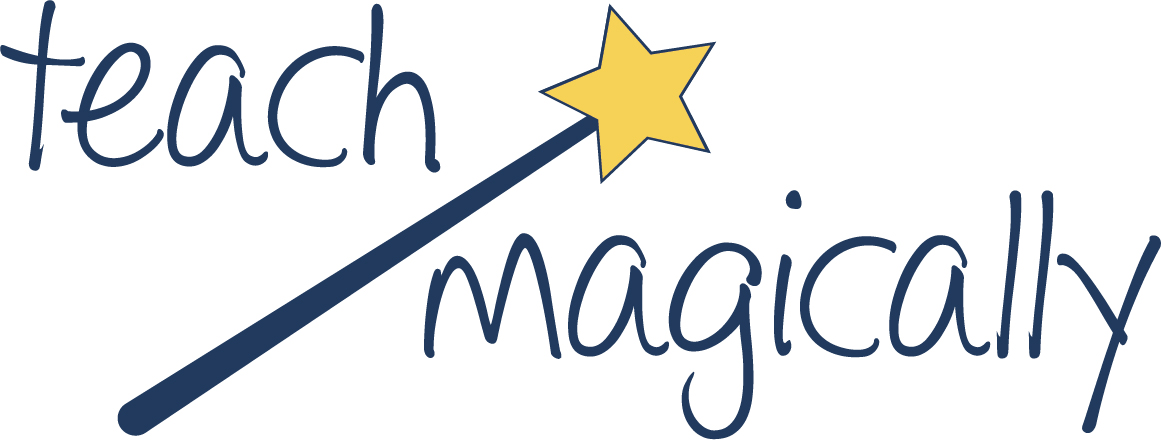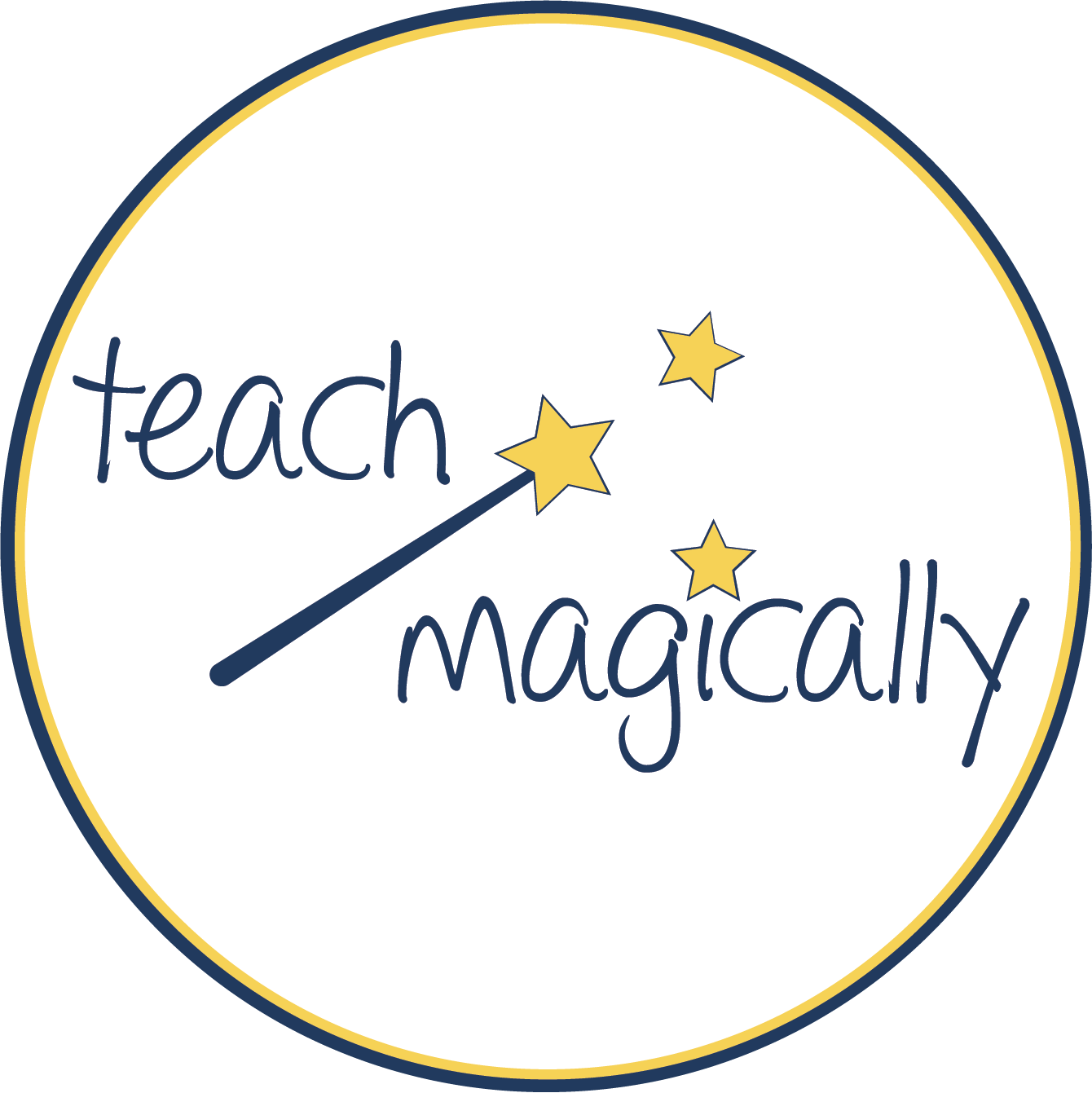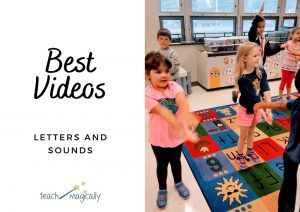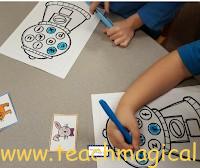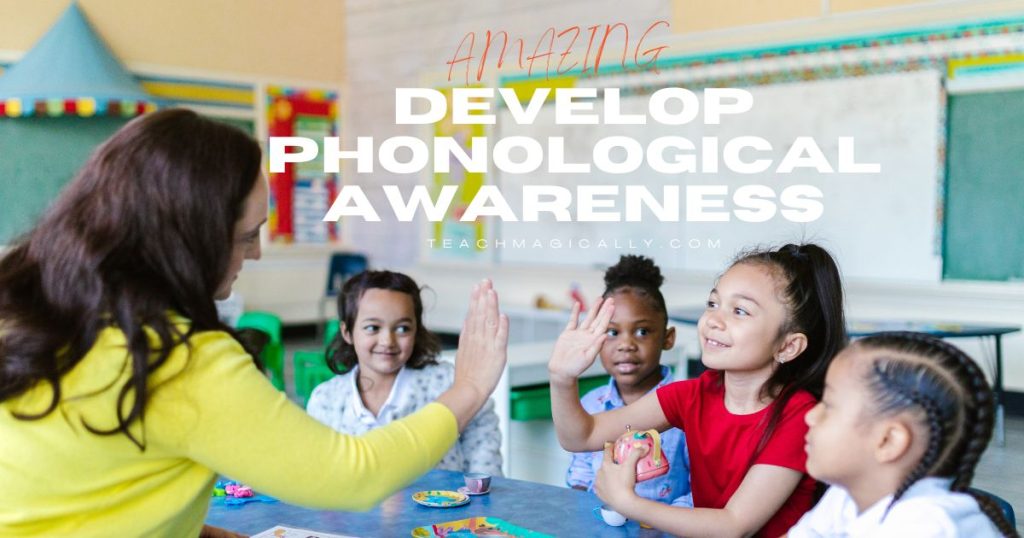
Phonological awareness is an important skill for learning to read and write, as it helps kiddos understand the relationship between letters and sounds. Kiddos that have strong phonological awareness skills are better able to decode words, spell words accurately, and understand the meaning of what they read.
What is Phonological Awareness?
Phonological awareness is the ability to recognize and manipulate the sounds of spoken language. It involves being able to hear and identify individual sounds, or phonemes, in words, and to understand how those sounds relate to the written language.
Helping kiddos understand the relationship between letters and sounds is a critical skill for learning to read and write and phonological awareness skills are the precursors for reading.
Oral language is develop as kiddos work with words therefore, it helps kiddos understand and use language effectively.
Phonological Awareness Skills
Phonological awareness includes a range of skills, from recognizing and producing rhymes, to identifying the beginning, middle, and end sounds of words, to blending and segmenting individual sounds to form words.
Some examples of phonological awareness activities include:
- Rhyming: identifying words that sound the same at the end (e.g. cat, hat, sat)
- Segmenting: breaking words into individual sounds (e.g. “cat” is made up of the sounds /k/ /a/ /t/)
- Blending: putting sounds together to make words (e.g. /b/ /a/ /t/ makes “bat”)
- Deleting: removing a sound from a word (e.g. “cat” without the /k/ sound becomes “at”) Check out my Phoneme Deletion Lotto Game
These skills develop gradually over time, and children who struggle with phonological awareness may have difficulty with reading and writing tasks. Check out all the PA Skills in order of difficulty.
Phonological Awareness Help
Kiddos with poor phonological awareness skills can benefit from targeted interventions and instructional strategies to help them develop their skills. Here are some strategies that can be helpful:
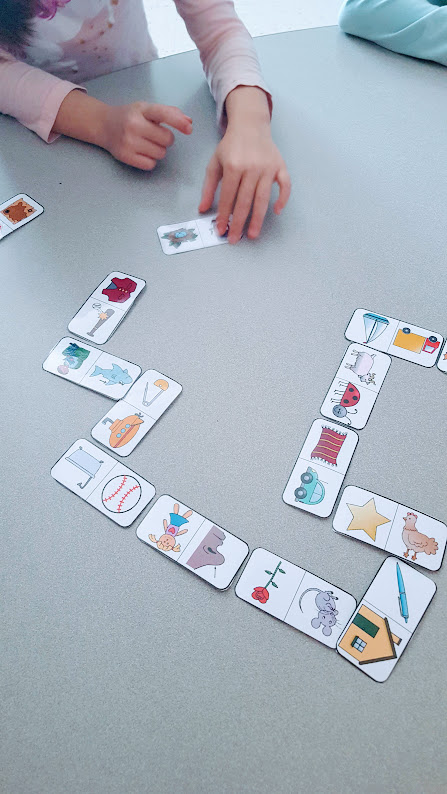
- Phonemic awareness activities: Engage kiddos in phonemic awareness activities that focus on sound discrimination, blending, segmenting, and manipulating. For example, you can use picture cards and ask them to identify the initial, medial, and final sounds in words or to blend sounds to make words.
- Explicit instruction: Provide explicit instruction and modeling of phonological awareness skills. This can involve explaining the specific skills involved in phonological awareness and demonstrating how to perform them.
- Multi-sensory learning: Incorporate multi-sensory learning activities that involve kiddos in seeing, hearing, and feeling the sounds of language. For example, you can use manipulatives, such as magnetic letters or clay, to help form and manipulate words.
- Word play: Encourage word play activities, such as rhyming, alliteration, and tongue twisters. These activities can help focus on the sounds of language and develop phonological awareness skills.
- Scaffold learning: Scaffold learning by providing support and guidance as kiddos develop their phonological awareness skills. This can involve breaking tasks down into smaller steps, providing visual and auditory cues, and offering feedback and reinforcement.
- Systematic instruction: Use a systematic approach to phonological awareness instruction, building on previously learned skills and gradually increasing the complexity of tasks as kiddos progress.
- Individualized instruction: Provide individualized instruction tailored to each kiddo’s needs and abilities. This can involve assessing phonological awareness skills and targeting instruction to specific areas of need.
Looking for some ready made phonological awareness activities? Here you go:
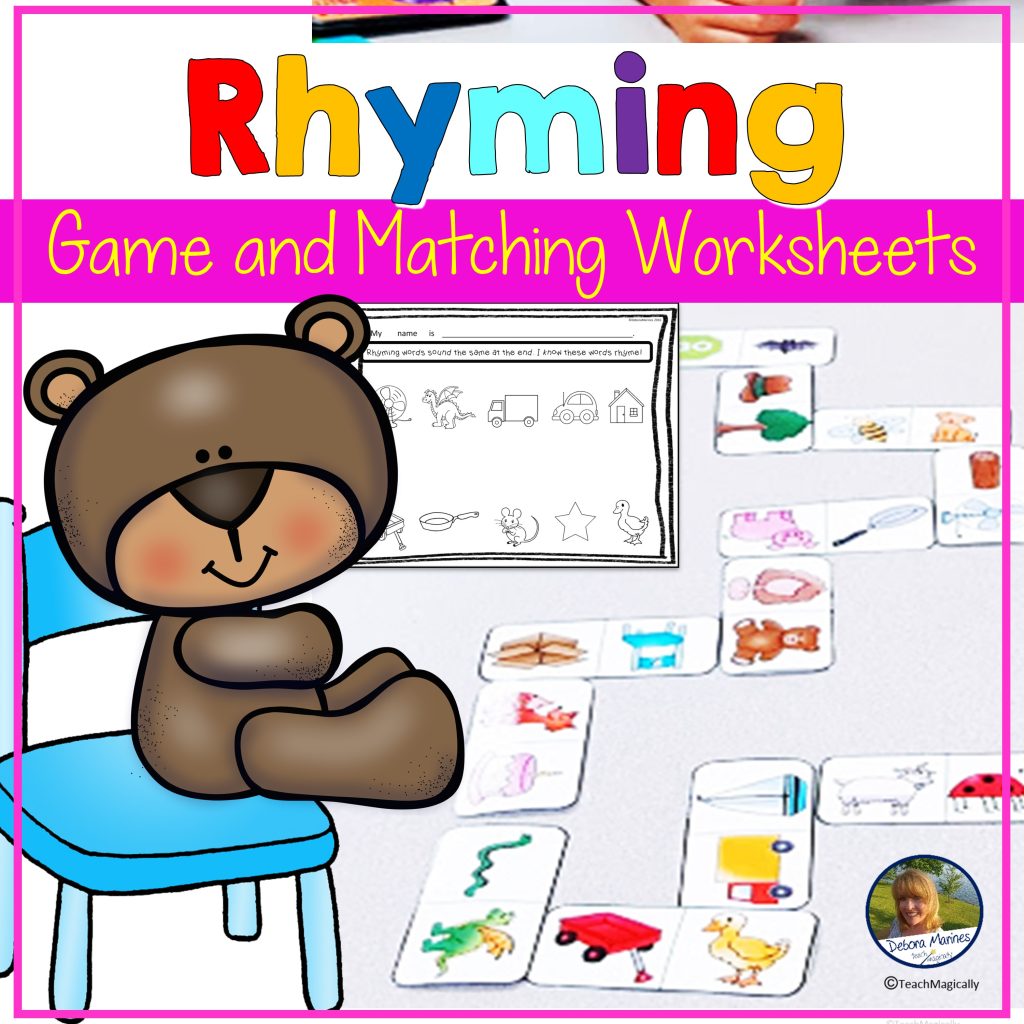
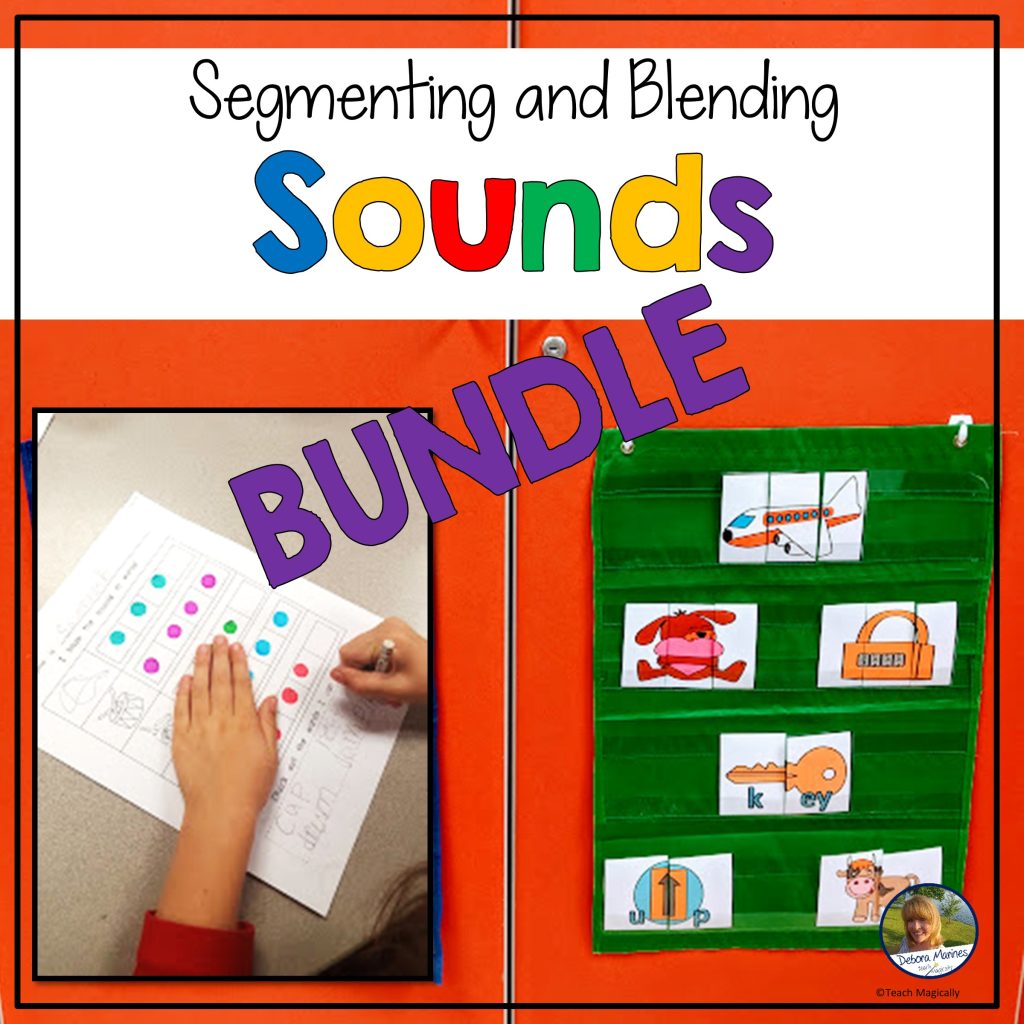
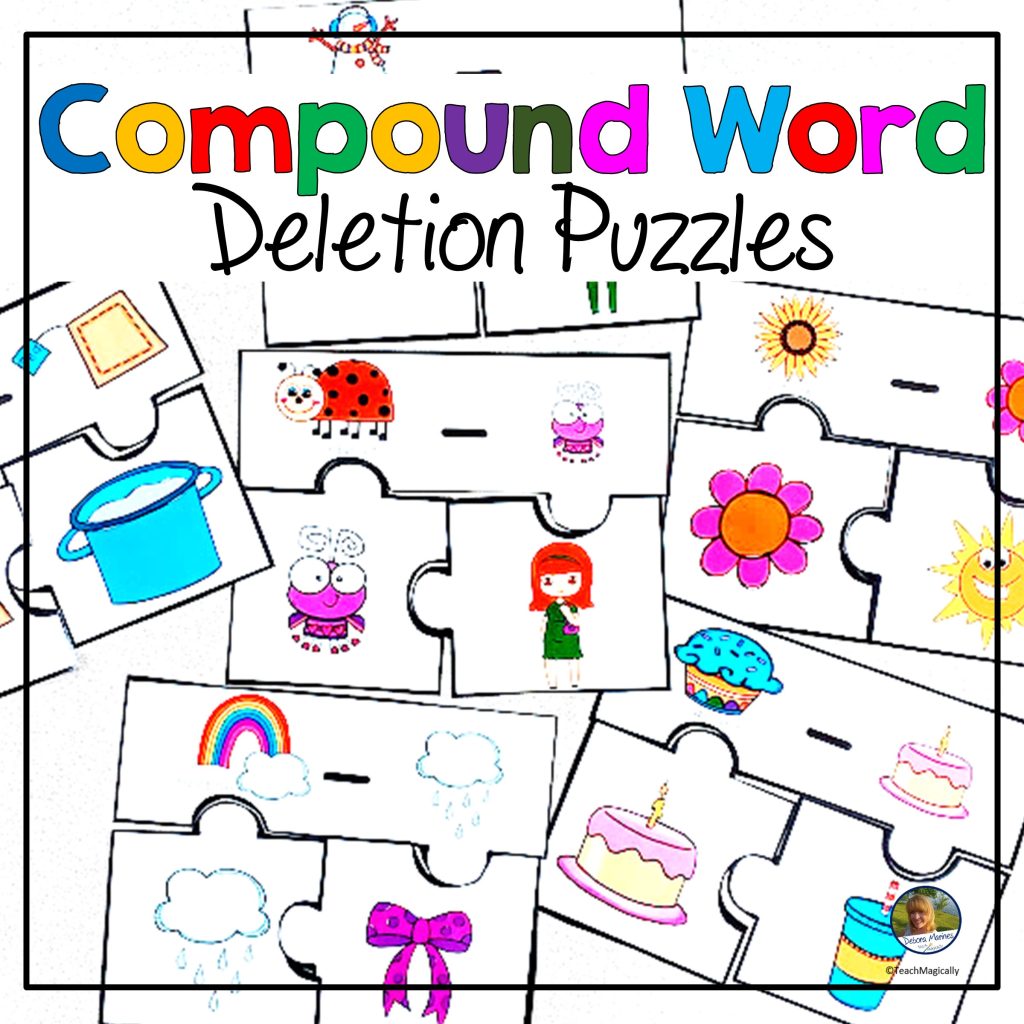
📌THIS IMAGE FOR LATER
